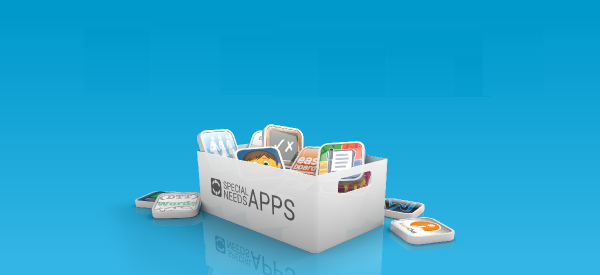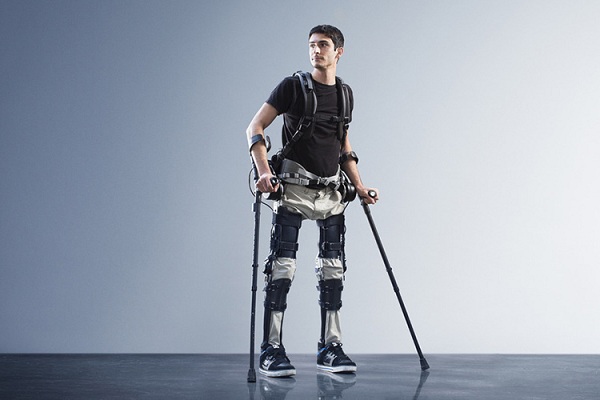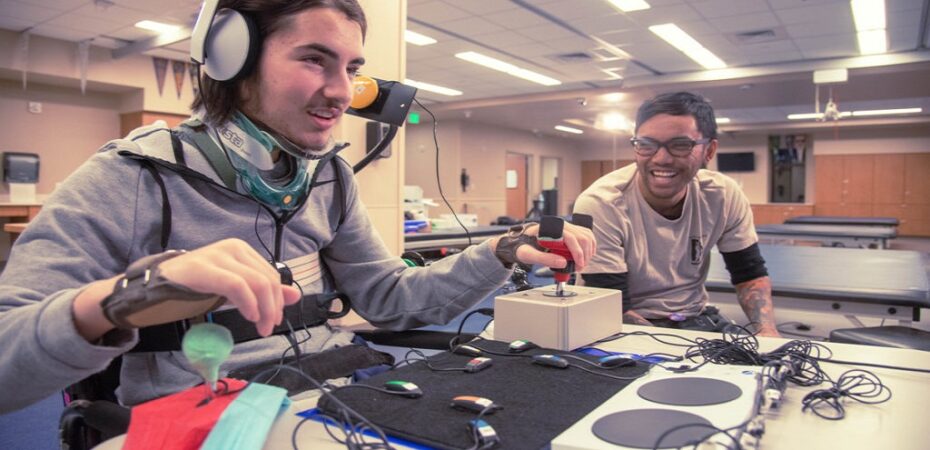Technology for disabled persons is booming worldwide, with a growing scene of startup innovators from developed and developed countries coming up with new products aimed at improving their customers’ lives.
Take SpeakLiz – a startup from Ecuador that converts written text to sound. Imagine the worlds that just one piece of technology can make for the millions of disabled people who cannot read and prefer to listen to words rather than utilize braille!
This is just one example of a bevy of apps and devices that are reducing disparities and making the world a more equal, entertaining, and safe place to be in. Read on to discover just a few amazing apps innovations.
Assistive Communications Apps

Many conditions can interfere with a person’s ability to communicate, including intellectual or developmental disabilities, fetal alcohol spectrum disorder, and cerebral palsy (CP). There are apps available, some of which are focused on communication and others of which are aimed at users with specific disabilities.
Just a few popular apps for disabled children needing aid with communication include MyTalkToolsMobile AAC (which helps people communicate by saying what they want via sequences of sounds, images, and words and Proloquo2go (an augmentative communication solution with natural-sounding text-to-voice abilities, high-resolution, updated symbols and a default vocabulary containing over 7,000 items.
A third app that significantly improves communication for many is TouchChat HD – AAC (designed for people with autism, ALS, apraxia, Down Syndrome, stroke, and more). It enables them to express themselves through natural speech in English and Spanish).
Communicating with the Eyes

They say that the eyes are the windows to the soul, but as expressive as they are, they do need extra help to voice words out. In steps, the DynaVox EyeMax System, fitted with a sophisticated eye-tracking system that allows users to interact with an onscreen keyboard, enters words converted into text via the device’s text-to-speech capabilities.
The device also has hundreds of formed phrases that users can access by choosing from different images. This means the device can be used as easily by children as it can by adults.
Electric Delivery Vehicles

Until the year 2020, few people would have envisioned a situation where they could potentially be unable to receive much-needed medication. Nuro is a custom-built, low-speed electric delivery vehicle that takes over this duty. It is fully self-driving and allows pharmacies to deliver medication right to their customer’s doorsteps.
Founded by two former Google engineers (who were working together on autonomous driving solutions), Nuro is currently undergoing trials in the U.S. and will hopefully be available soon in this and other countries as well.
Exoskeletons for People with Movement Disorders

Without a doubt, one of the technologies that are causing the most buzz in the media is Marsi Bionics’ pediatric exoskeleton, made to enable patients with neuromuscular disorders to move from one part of a room to another. The exoskeleton is fitted with artificial intelligence and hundreds of sensors that operate with the user’s muscles. The machine can interpret where the user wants to go, and it employs its innate technology to make it happen.
An estimated 48.9 million people have a disability in the U.S. For these people, assistive technologies are vital for enabling them to carry out school and work tasks and interact with others. Just a few innovations that are enabling disabled people to reach their aims include:
- Assistive apps.
- Eye-speech communication systems.
- Autonomous medication delivery systems.
- Exoskeletons enable those with severe movement disabilities to literally “walk” to their desired destination.
Read also:



